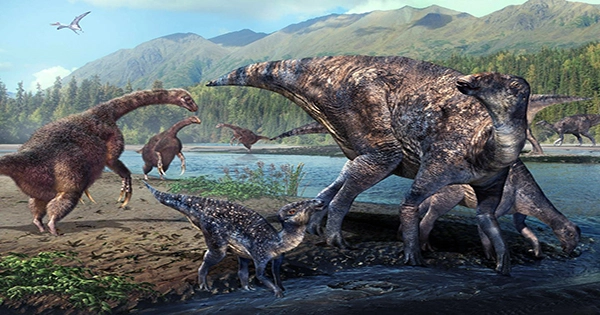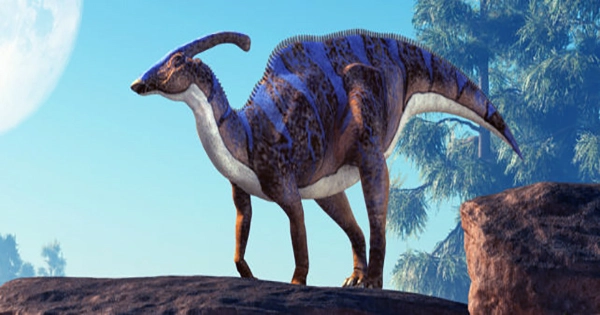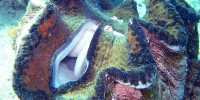Paleontologists are convinced that dinosaurs did not try self-mummification or shroud their deceased after removing their organs like some Buddhist monks or the ancient Egyptians or Incas. However, because at least some of the skin has survived, we have discovered several dinosaur fossils that have been referred to as “mummified.”
Skin preservation in fossils is uncommon, and paleontologists have theorized that it requires a unique confluence of factors. Recent research, however, indicates that it may not be as uncommon as once believed. The University of Tennessee-Dr. Knoxville’s Stephanie Drumheller and colleagues have offered a theory as to why there might be more dinosaur fossils with skin on than was anticipated.

According to the conventional theory of mummification, in order to preserve the skin, the corpse had to be rapidly buried after being desiccated so that neither scavengers nor microorganisms that cause decomposition could get it. Therefore, the discovery of an Edmontosaurus named NDGS 2000 in the Hell Creek formation close to Pretty Butte with bite marks on sections of remaining skin presented a challenge. These are the first known instances of carnivory on a dinosaur that has been mummified.
Although it was obvious that this specimen had not been quickly buried to keep scavengers away, mummification had nonetheless taken place, even leaving behind degraded proteins to demonstrate that the skin was authentic and not an infilled cast.
According to Drumheller, this is because Edmontosaurus skin was not prized as a delicacy in the late Cretaceous. The crocodile relatives munching on this unhappy creature, however, were more interested in its internal organs. The bite marks on the skin symbolized their attempts to get rid of a barrier. They removed the barrier, then ate the edible parts while avoiding the skin and bones. According to the report, the holes the carnivore produced allowed “Gases, fluids, and bacteria linked with decomposition to escape.”
The process has the snappy term “desiccation and deflation,” and the authors highlight that it has been seen to maintain the skins of contemporary mammals. They are not claiming that this is how all past dinosaur mummies were created, including the incredibly preserved hadrosaur that is currently being retrieved.
Instead, they suggest that there were at least two different ways that dinosaur skin could have been altered to become something durable through time.
The authors point out that even without NDGS 2000, the traditional theory of mummification has a flaw because desiccation and quick burial don’t actually go together.
The report claims that explanations for these opposing preservational forces are frequently speculative and inadequate because they rely on unrealistically quick ways of desiccation or ignore the impact of smaller scavengers and decomposers.
Given the climate in North Dakota at the time and the crocodyliform tooth marks on its bones, it is likely that this Edmontosaurus died in a damp environment, which poses even more challenges.
Rarely do entire dinosaur skin shells survive, yet with NDGS 2000, the majority of its back half’s skin as well as its front right leg have.
Soft tissues like skin can, according to co-author Dr. Clint Boyd of the North Dakota Geological Survey, “also give a unique source of information about the other creatures that interacted with a cadaver after death.”
















